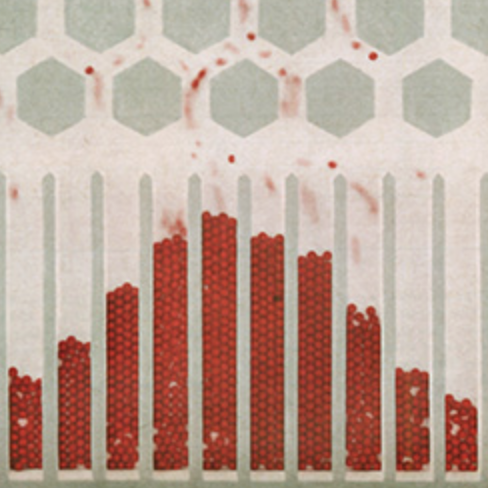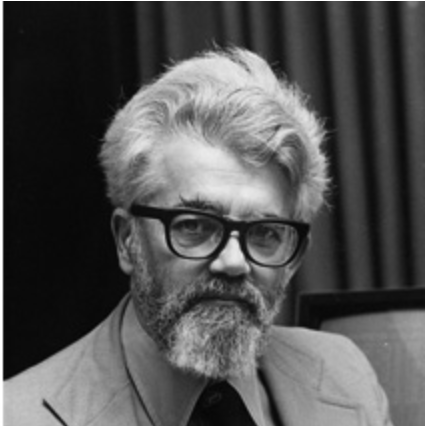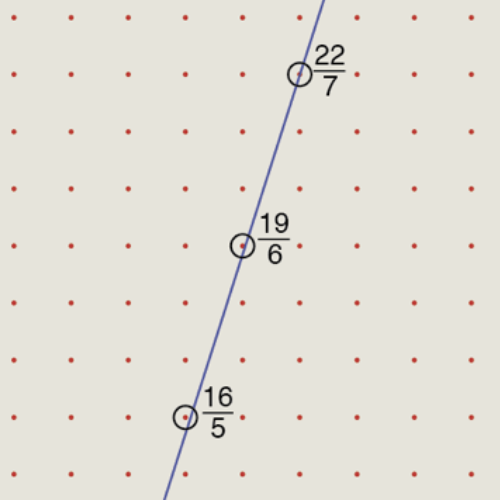Cranking It Up
by Brian Hayes
Published 29 March 2006
The National Academy of Sciences has decided to recognize a “paper of the year” published in its Proceedings. Surprisingly, the first paper to be anointed in this way is by a student. Even more surprising, it’s a mathematical paper. Why should these facts surprise me? Not because I think student mathematicians are unlikely to do work of distinction. On the contrary. But even though the National Academy is not quite the old-fogey’s club it once was, papers authored solely by students are not all that common in PNAS. And mathematical papers make up a tiny fraction of the journal’s content, which is dominated by work in the life sciences.
The winning paper is titled “Partition congruences and the Andrews-Garvan-Dyson crank” (PNAS October 25, 2005, vol. 102, no. 43, pp. 15373–15376). The author is Karl Mahlburg, a doctoral candidate in the Department of Mathematics at the University of Wisconsin in Madison, studying with Ken Ono. A commentary by Ono and George E. Andrews of Pennsylvania State University provides some background. There is also a superb nontechnical account of the work, written by Erica Klarreich for Science News.
Publication history
First publication: 29 March 2006
Converted to Eleventy framework: 22 April 2025



